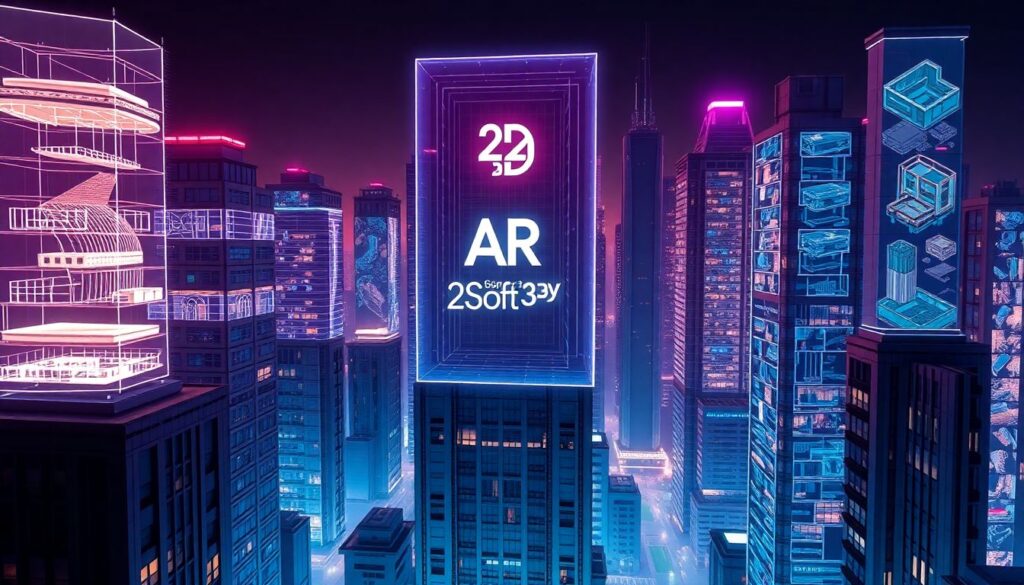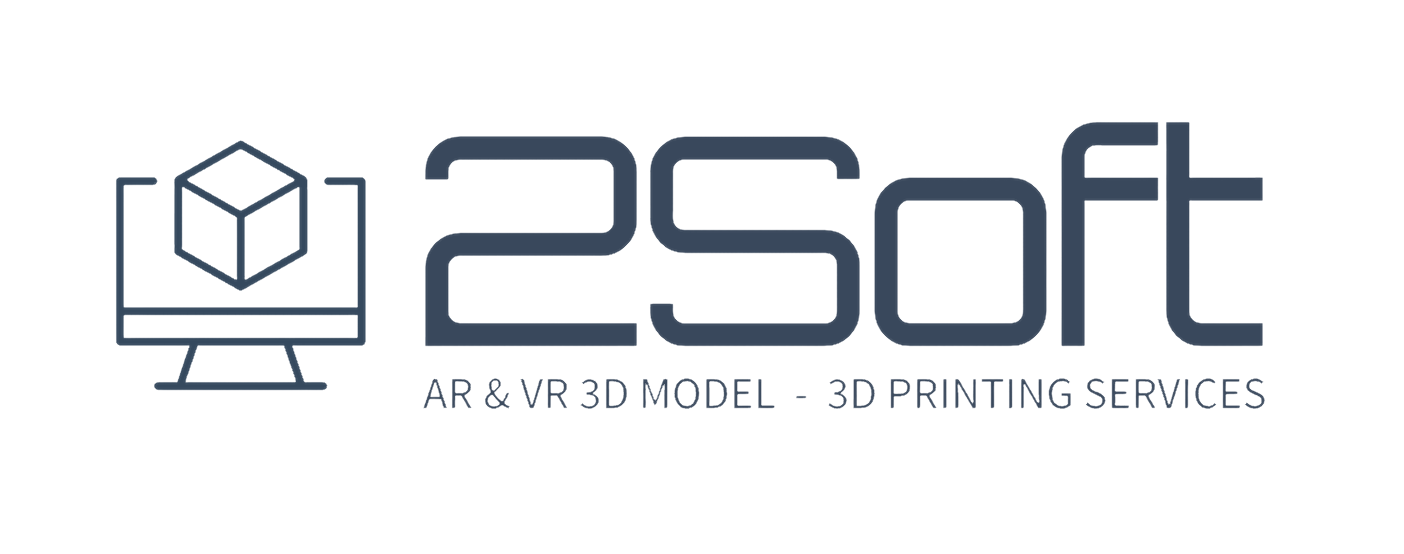
Get it 3D modeling service
Top 10 Companies Leading the Virtual and Augmented Reality Revolution in 2025
The Immersive Tech Boom
Virtual and augmented reality (VR/AR) technologies are rapidly evolving. They are reshaping various sectors, including gaming, healthcare, and education. With advancements in technology, the potential of VR and AR transcends entertainment to enhance our daily lives and work environments. This article explores the leading companies driving innovation in this transformative field, based on their market impact, investment in research, and product offerings.
Meta (Facebook): Leading the VR Charge
Meta has established itself as a leader in virtual reality. It dominates the VR headset market with significant sales figures. In 2022 alone, Meta sold over 15 million Oculus units, capturing more than 70% of the market share.
Meta invests heavily in VR/AR development, focusing on both hardware and software. The launch of the Meta Quest 2 headset has set new benchmarks for user experience. The company is also expanding its social VR platform, Horizon Worlds, aiming to build a virtual community.
Looking ahead, Meta plans to enhance its AR offerings, including rumored lightweight glasses. With a strong strategy centered on the metaverse, Meta aims to integrate VR into everyday activities.
Microsoft: Augmented Reality Integration in Enterprise
Microsoft’s HoloLens is a standout in the AR space. This device has found applications in various industries, like manufacturing and healthcare. For instance, surgeons have used HoloLens for real-time guidance during complex operations, showcasing its practical benefits.
Microsoft has forged strategic partnerships with other tech companies to enhance its AR capabilities. Collaborations with firms like Trimble and Case Western University amplify the HoloLens’s impact.
The future of Microsoft’s AR technology looks promising. Innovations could change how industries approach training and remote assistance, making work more efficient.
Apple: The Anticipated Entry into the VR/AR Market
Apple’s entry into the VR/AR market is highly anticipated. While specific details about its headset remain under wraps, speculation suggests it may offer immersive experiences that integrate seamlessly with Apple’s existing devices.
Apple’s reputation for design and user-friendly interfaces could disrupt the market. If its VR/AR headset comes to fruition, it may redefine how we interact with technology.
Integrating VR and AR into its ecosystem could enhance applications in various fields, including retail and education.
Google: Pioneering AR Innovations
Google has made significant contributions to AR development. Google Glass was one of the first consumer AR products, paving the way for future innovations. Their ARCore platform provides developers with tools to create AR applications across Android devices.
Moreover, Google enhances AR mapping and location services. This technology simplifies navigation and offers real-time information, improving user experience.
With ongoing investments in AR, Google’s overall strategy seems focused on elevating everyday tasks and interactions, while future endeavors may include advancements in smart eyewear.
Sony: Gaming’s VR Powerhouse
Sony has carved a niche in the gaming sector with PlayStation VR. Since its launch, it has sold over 5 million units, making it a significant player in the VR gaming market.
The focus on immersive gaming experiences stands out. Sony continues to develop exclusive titles that leverage VR technology, enhancing gamer engagement.
Future iterations of PlayStation VR promise improved graphics and comfort. Advancements in controllers and tracking technology are also on the horizon, making gaming even more engaging.
Samsung: Expanding VR/AR Applications
Samsung plays a critical role in the VR market. The company’s Gear VR headset has been a popular choice among consumers. Its partnership with Oculus has broadened the user base and expanded content availability.
Investing in VR and AR content, Samsung aims to create diverse applications. From gaming to virtual tours, the possibilities are vast.
Samsung’s long-term vision includes developing new AR devices that integrate with its existing products, positioning itself as a leader in immersive tech.
HTC: A Veteran in VR Hardware
HTC has a storied history in VR technology. The HTC Vive set the standard for high-quality virtual experiences and has undergone several iterations to remain competitive.
Currently, HTC offers various VR headsets catering to different market segments, including the Vive Pro and Vive Cosmos. These devices are recognized for their impressive graphics and user experience.
To sustain competitiveness, HTC focuses on innovation and partnerships. Collaborations with content creators expand their VR ecosystem, enhancing the appeal of their hardware.
Top 10 Companies Leading the Virtual and Augmented Reality Revolution in 2025
Nvidia: Powering the VR/AR Revolution
Nvidia has become synonymous with high-performance graphics processing units (GPUs). These GPUs are essential for VR and AR systems, providing the computing power needed for immersive experiences.
The company actively contributes to VR/AR software development, enhancing scalability and performance. Their VRWorks and RTX technologies offer developers tools to create highly realistic graphics.
Nvidia’s innovations significantly impact the capabilities of VR and AR. As more industries embrace immersive tech, Nvidia’s role is crucial for performance and user satisfaction.
Magic Leap: Pushing the Boundaries of AR
Magic Leap takes a unique approach to augmented reality. The company aims to create immersive experiences that blend digital objects into the real world seamlessly.
Magic Leap’s technology has found applications in enterprise settings, particularly in training and visualization. Notable partnerships with firms like Smith & Nephew showcase its practical benefits.
Despite challenges in consumer adoption, Magic Leap continues to innovate. Future developments may enhance user experiences, positioning it as a leader in the AR market.
Valve: Innovating in VR Gaming and Beyond
Valve has made waves in VR gaming with the Valve Index. This headset offers advanced tracking and high-quality visuals, appealing to serious gamers.
The company’s open-source approach empowers developers to create content, fostering a vibrant VR community. This strategy encourages innovation and collaboration.
Valve’s influence on the future of VR gaming could redefine how games are played. With continuous improvements, the platform may attract an even larger audience.
The Future of Immersive Technologies ( Top 10 Companies Leading the Virtual and Augmented Reality Revolution in 2025 )
The analysis of these top 10 companies reveals a vibrant future for VR and AR technologies. Each company brings unique strengths and visions, contributing to growth in this sector.
Predictions suggest a rise in consumer adoption, expanded applications in various industries, and continuous innovation. Businesses and individuals looking to engage with these technologies should remain informed and explore potential opportunities.
As immersive tech becomes more ingrained in our lives, embracing its transformative potential is essential.







